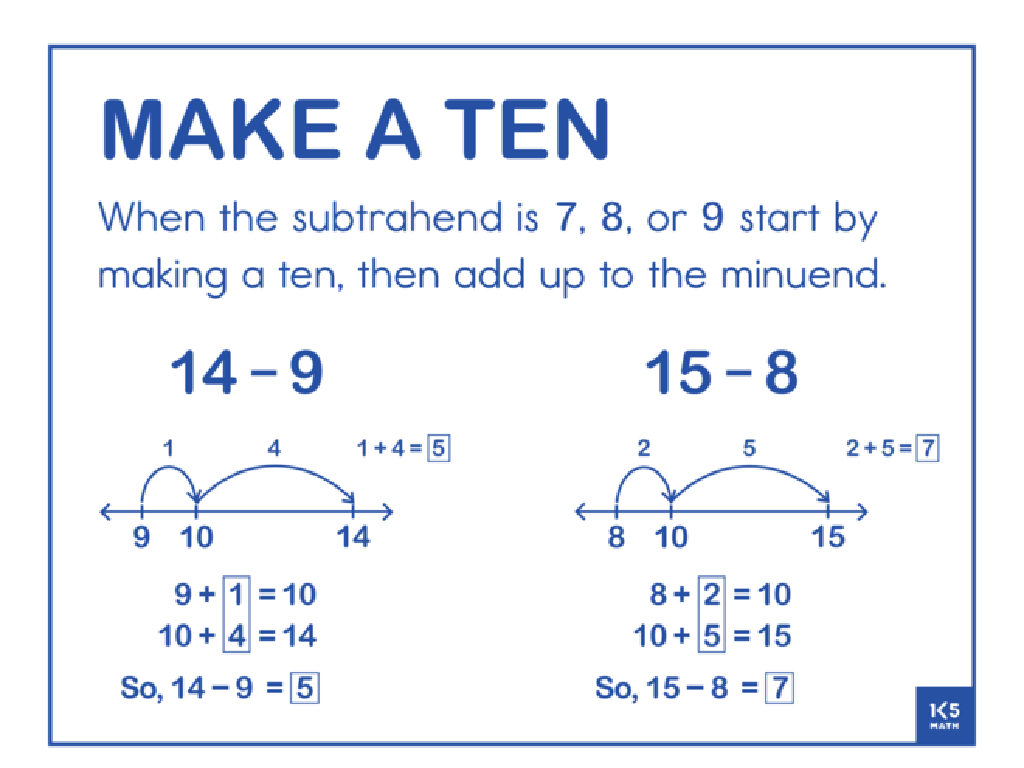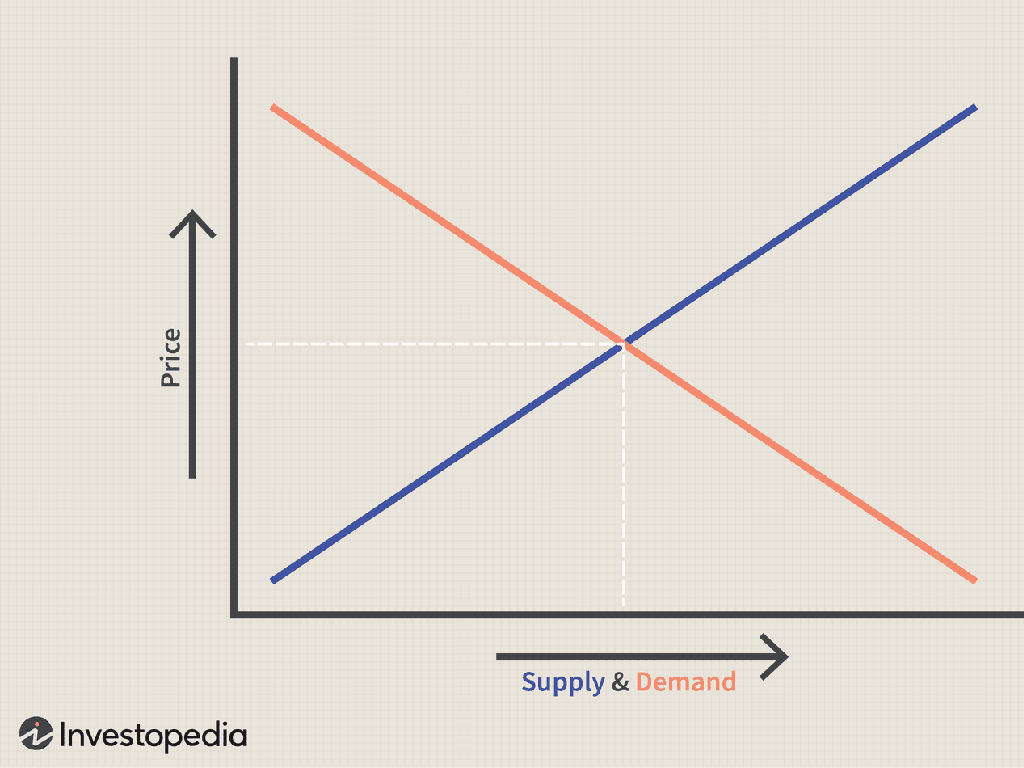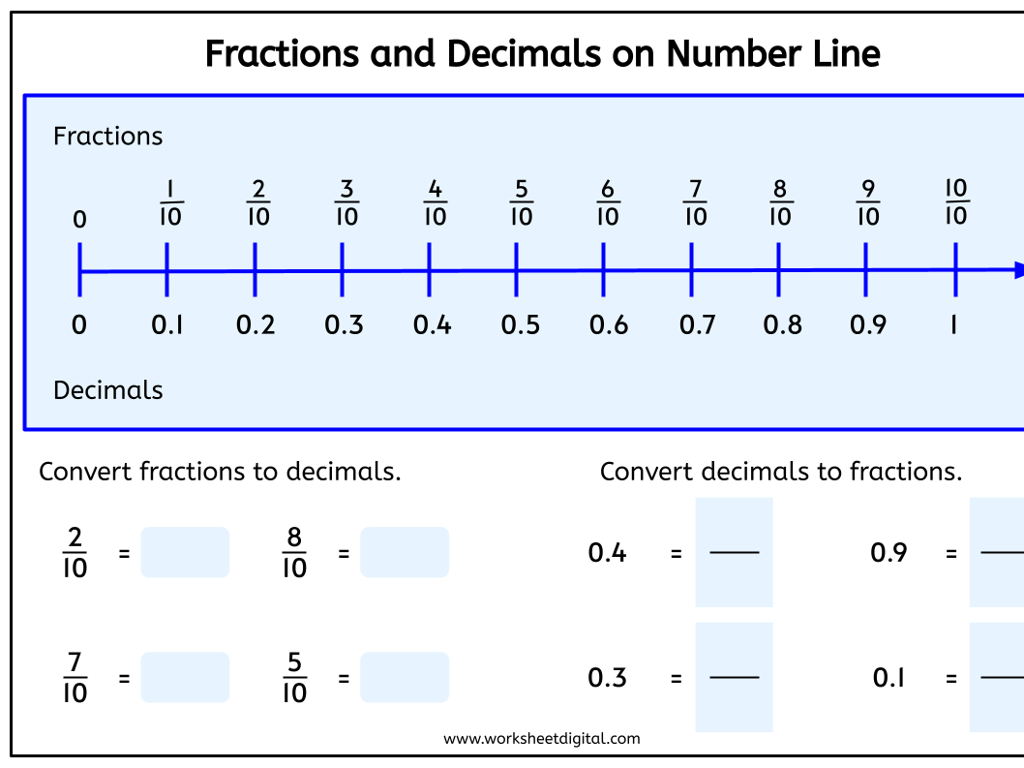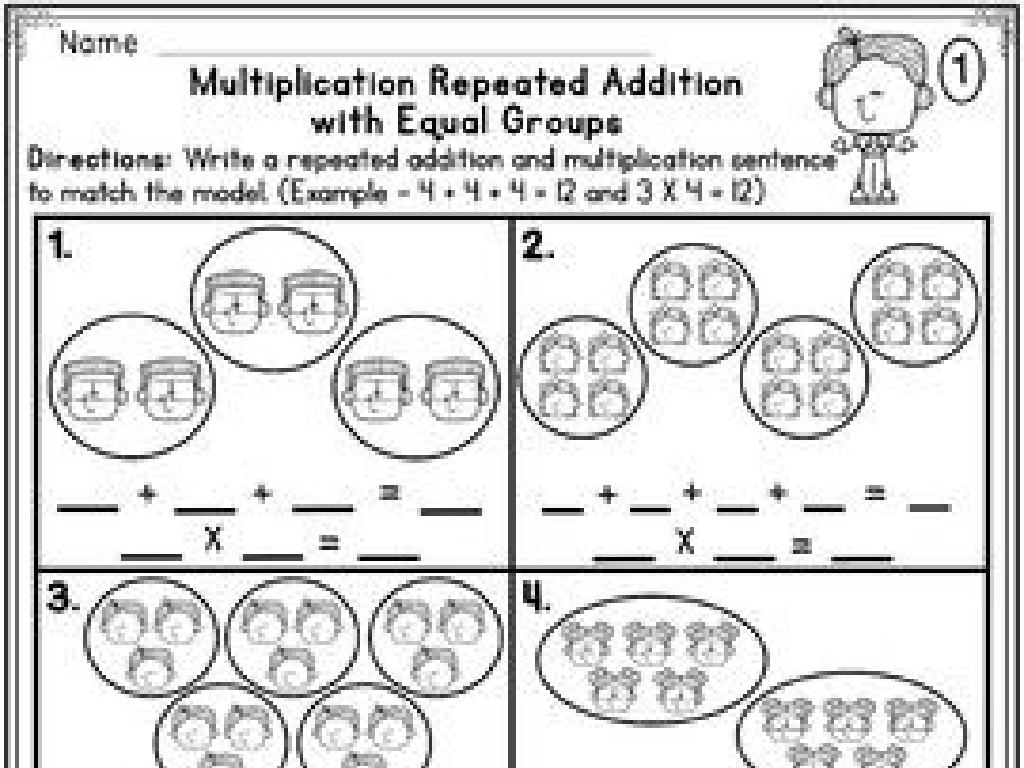Describe And Construct Conifer Life Cycles
Subject: Science
Grade: Fourth grade
Topic: Plants
Please LOG IN to download the presentation. Access is available to registered users only.
View More Content
Conifer Life Cycles: Evergreens Unveiled
– What is a conifer?
– Conifers are evergreen plants with cones and needle-like leaves.
– Conifers’ unique features
– They have cones for seeds and don t lose leaves in winter.
– Stages of conifer life cycles
– From seed to tree, conifers grow, reproduce via cones, and spread seeds.
– Importance of conifers in ecosystems
– Conifers provide homes for animals and help against erosion.
|
This slide introduces students to conifers, a group of evergreen plants that are unique in their appearance and reproduction. Start by explaining what conifers are, highlighting their needle-like leaves and cones for seeds. Discuss the distinctive features that set conifers apart from other plants, such as their ability to stay green all year and their seed cones. Walk through the life cycle stages of conifers, from seed germination to mature tree. Emphasize the ecological importance of conifers, including their role in providing habitats for wildlife and preventing soil erosion. Encourage students to think about conifers they may have seen in their own experiences, such as pine trees during winter holidays.
Exploring Conifers
– Conifers bear cones
– Conifers reproduce using cones instead of flowers.
– Mostly evergreen trees
– They keep their leaves throughout the year.
– Pines, spruces, and firs
– Familiar conifers are pine trees, spruce trees, and fir trees.
– Vital to ecosystems
– Conifers provide habitats and help with air purification.
|
This slide introduces students to conifers, a group of cone-bearing plants that are predominantly evergreen and include trees such as pines, spruces, and firs. Emphasize that unlike many plants, conifers do not have flowers and instead use cones to reproduce. Most conifers keep their needles all year round, which is why they are called evergreens. Provide examples of conifers that the students might see in their local environment or in holiday decorations. Discuss the importance of conifers in ecosystems, such as offering habitats for animals and helping to clean the air. Encourage students to think about where they have seen conifers in their own experiences.
Conifer Life Cycle Overview
– Conifers begin as seeds in cones
– Cones protect seeds until they’re ready to grow
– Growth stages: seedling to mature tree
– Seedlings sprout from seeds and grow tall and strong
– Mature conifers make cones and seeds
– Adult conifers have cones with seeds for new trees
– Cycle repeats with new generation
|
This slide provides an overview of the conifer life cycle, which is a great example of plant reproduction and growth. Start by explaining that conifers are a type of plant that reproduce using cones, not flowers. The seeds are found inside these cones and, once dispersed, can grow into new conifer plants. Discuss the stages of growth from a small seedling to a mature tree, which can take many years. Emphasize that mature conifers will produce their own cones, continuing the cycle of life. Encourage students to think about how this cycle is important for forest ecosystems. You can bring in pine cones and seeds for a hands-on look at the beginning of the conifer life cycle.
Conifer Life Cycle: Seed to Seedling
– Cones protect the seeds
– Like a suit of armor, the cone shields seeds from harm until they can grow.
– Seeds sprout when ready
– With warmth, water, and sunlight, the once dormant seed awakens.
– Sprouts become seedlings
– These baby plants are the first step in a conifer’s life.
|
This slide introduces the early stages of a conifer’s life cycle, focusing on the transition from seed to seedling. Begin by explaining how the tough cones of conifer trees serve as a protective case for the seeds, much like a suit of armor. Discuss the ideal conditions for seeds to sprout, such as sufficient warmth, moisture, and sunlight, which signal to the seed that it’s time to grow. Once sprouted, the seed begins its journey as a seedling, a young plant that will eventually grow into a mature conifer. Emphasize the importance of this stage in the life cycle and encourage students to think about how these stages ensure the survival and reproduction of conifer trees. Consider bringing in pine cones and seeds for a hands-on examination.
From Seedling to Mature Conifer Trees
– Seedlings’ slow growth needs
– Sunlight, water, and nutrients are crucial for young conifers.
– Years: Seedlings to saplings to trees
– It takes many years for a seedling to grow into a full-grown tree.
– Mature conifers reach towering heights
– These trees can stand very tall, dominating the forest skyline.
– Cones: The mature tree’s offspring
– Mature conifers produce cones, which contain their seeds.
|
This slide aims to describe the growth stages of conifer trees, from seedlings to mature trees. Emphasize the importance of environmental factors like sunlight, water, and nutrients for the initial growth of seedlings. Discuss the gradual development over years from a small seedling to a sapling and eventually to a mature tree. Highlight that mature conifers are known for their height and ability to produce cones, which are crucial for the continuation of their life cycle. Encourage students to think about the long-term growth process and the patience required for a tree to reach maturity. Provide examples of conifers such as pine, fir, and spruce trees.
Conifer Life Cycles: Reproduction
– Conifers have distinct cones
– Male and female cones are different
– Male cones release pollen
– Wind carries pollen to female cones
– Pollen fertilizes female cones
– Fertilization happens inside female cones
– Female cones develop seeds
– Seeds grow and will become new trees
|
This slide introduces the concept of reproduction in conifers, focusing on the role of male and female cones. Conifers, unlike flowering plants, have separate male and female cones. The male cones release pollen, which is often carried by the wind to the female cones. Once the pollen reaches the female cones, fertilization occurs, leading to the development of seeds within the female cones. These seeds will eventually disperse and grow into new conifer trees. It’s important to explain to students that this process is a natural way conifers reproduce and ensure the survival of their species. Use diagrams to illustrate the different cones and the process of pollination and seed development. Encourage students to think about pine trees they may have seen and the pinecones that fall to the ground, which are the female cones containing seeds.
How Wind and Animals Help Conifers
– Wind carries pollen between cones
– Pollen moves from male to female cones via wind
– Animals spread seeds
– Squirrels bury seeds, which can sprout later
– Conifers grow in new areas
– This dispersal increases conifer populations
|
This slide explains the role of wind and animals in the reproduction and dispersal of conifer seeds, which is a crucial part of their life cycle. Wind plays a significant role in pollination by carrying pollen from the male cones to the female cones. Animals, particularly squirrels, are known to collect and bury seeds, which may lead to the growth of new trees in different locations. This natural process allows conifers to spread and grow in diverse environments, ensuring the survival and expansion of their species. Encourage students to think about other ways seeds can be spread and to consider the importance of these mechanisms in the life cycle of plants.
Conifers in Ecosystems
– Conifers as animal habitats
– Squirrels and birds often live in conifer trees.
– Conifers produce oxygen
– Like all plants, conifers take in CO2 and release oxygen.
– Conifers’ diverse climates
– Conifers thrive from snowy regions to sandy beaches.
– Importance to ecosystems
|
This slide aims to educate fourth-grade students on the role of conifers within ecosystems. Conifers are not just trees; they are crucial homes for many animals, such as squirrels and birds, providing shelter and a place to raise their young. They also contribute to the planet’s health by cleaning the air; through photosynthesis, they absorb carbon dioxide and release oxygen, which all living creatures need to survive. Conifers are incredibly adaptable and can be found in a variety of climates, demonstrating their resilience and importance. Discuss with students how these trees impact other living things and the environment, fostering an appreciation for conifers’ role in nature.
Class Activity: Grow Your Own Conifer!
– Plant conifer seeds in cups
– Observe sprouting seedlings
– Watch for the first signs of growth
– Nurture your growing seedling
– Ensure it gets water and sunlight
– Document the growth stages
– Keep a growth diary with drawings
|
This hands-on activity is designed to help students understand the life cycle of conifers by experiencing it firsthand. Provide each student with a cup, soil, and conifer seeds. Guide them through the planting process, and discuss the conditions necessary for germination. As the seeds sprout, encourage students to observe changes and make daily or weekly records of their seedling’s development. Discuss the importance of sunlight, water, and the right temperature for growth. This activity will not only teach them about the life cycle of conifers but also about responsibility and the scientific method of observation. Possible variations of the activity could include experimenting with different amounts of light or water, comparing growth rates, or even trying to grow different types of conifer seeds to compare their life cycles.






